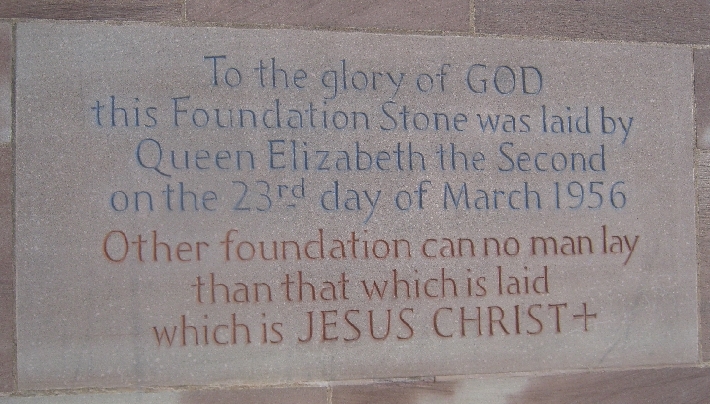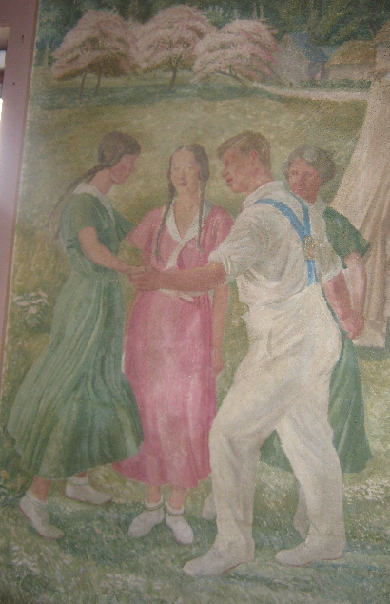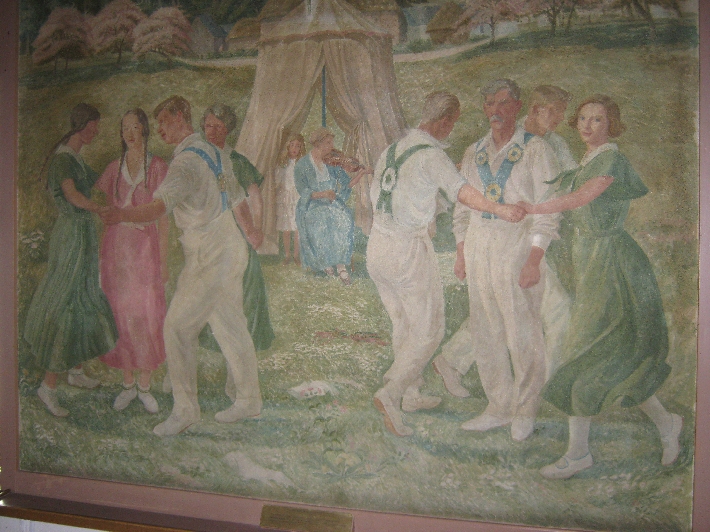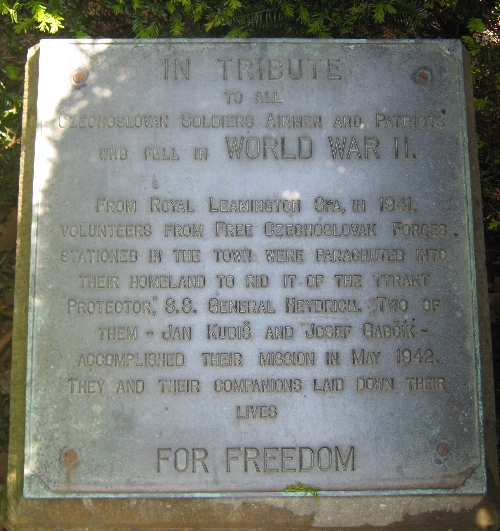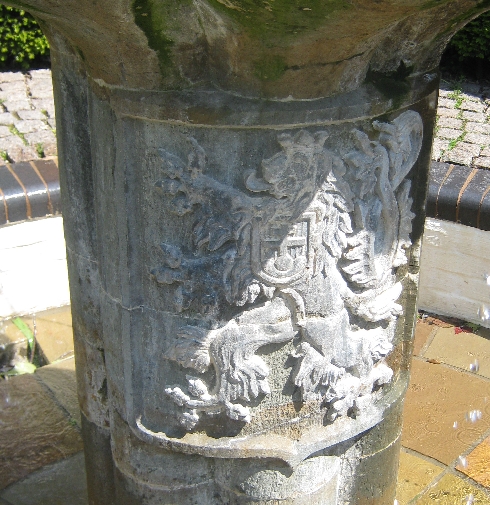
Following worship at St. Clement’s on the morning of Sunday 17th April, when I and the congregation bid farewell to Rev’d Dr Karen Moritz, I was away from the Czech Republic for the rest of the month, only returning to Prague on the afternoon of Saturday 30th April, ready to lead worship the following day. It was first a week of annual leave, which was then followed by attending my final ICS Chaplains Conference.
I drove from Prague to the UK over a period of two days, following the almost identical route I described two years ago, when I last made this journey. The only difference this time was that I spent the night of Sunday 17th, staying with the York family in Luxembourg. Then when I drove off the ferry in Dover the following afternoon, rather than heading north to the East Midlands, I instead headed west to Bournemouth to spend two nights with my eldest sister June and brother-in-law Garry.
On Tuesday 19th April, I had a delightful day out with June and Garry, visiting Brownsea Island, situated in the middle of Poole Harbour. We first drove to nearby Sandbanks, where Garry parked the car, and then took the small passenger ferry across to the island.

Now in the care of the National Trust, Brownsea Island is famous as the site of the first-ever Scout Camp organised by Lord Baden Powell in 1907.

It is also one of the few places in southern England where indigenous red squirrels survive, largely because non-native grey squirrels have never been introduced to the island. The red squirrels are normally quite shy but this one came near enough for me to photograph.

Brownsea also has a small ornamental population of peacocks. This one even kindly posed for me.

The island is 1.5 miles (2.4 km) long and 0.75 miles (1.2 km) wide and consists of 500 acres (202.34 ha) of woodland (pine and oak), heathland and salt-marsh. We walked right around the island, stopping for our picnic lunch en-route. The weather was kind to us and I was delighted to visit somewhere I had seen from a passing cross-channel ferry, but where I had never previously set foot.
On Wednesday 20th April, I set off from Bournemouth on the south coast of England, heading for North Wales. I had arranged to stay that night at Bryn Derw, a small Bed and Breakfast establishment located just outside Talsarnau. This was to enable me to enjoy a scenic train journey the next day, about which more in my next post.

This was the view from in front of Bryn Derw, with blue skies, warm sunshine, and being able to see the tops of the mountains – a relatively rare event in Wales 🙂
After putting my belongings into my room for the night, I drove up a steep narrow lane into the hills behind, hoping to get a better view across to the mountains of Snowdonia and the nearby estuary of the Afon Dwyryd. On both counts, I was not disappointed as you can see.



But what was even more pleasing, was finding this beautifully located and very peaceful little Church. It is dedicated to St Tecwyn, an ancient Welsh saint. These days, it is only used for occasional services in summer – Evening Prayer in Welsh. But the Church is kept open for visitors and as a peaceful place for prayer. I only discovered it by pure chance but was thrilled to do so.





